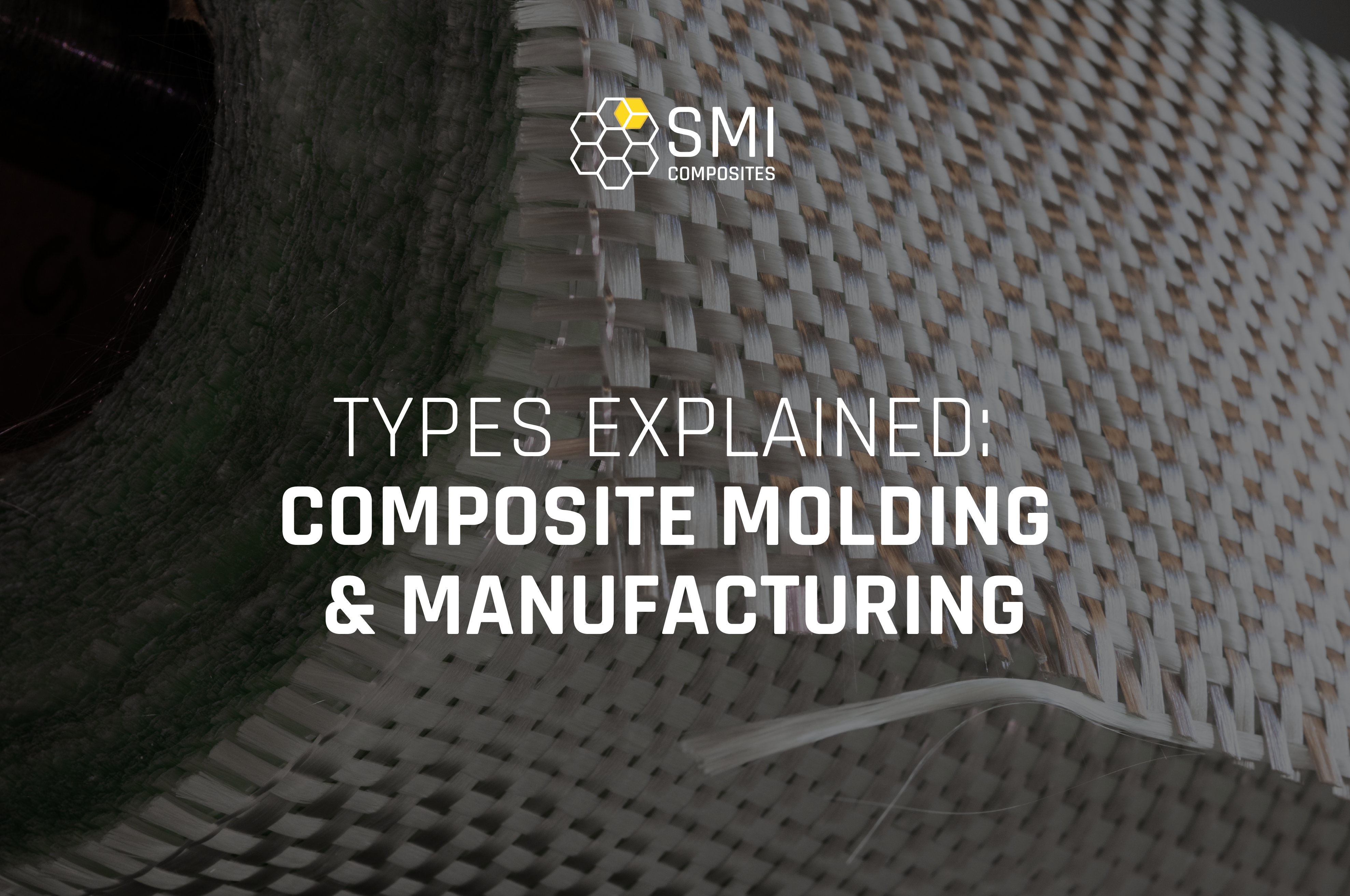
In manufacturing, composite materials have become standard practice because of the wide range of plastics and other materials available for use.
Composite materials take multiple materials and put them together to create a better material for manufacturing.
Composite molding takes the composite materials, shapes, and molds for manufacturing.
Want to know more about the composite manufacturing process? Read on to learn more.
Types of Composite Manufacturing
There are three main types of composite manufacturing. These use composite materials to create the part needed for manufacturing. Let’s take a closer look at the three main types of fabrication methods.
Open Molding
The first type is composite molding, where composite materials get poured into a molded shape. Once poured, hardening and curing with air exposure begins.
This is a relatively inexpensive composite manufacturing method, so it is frequently used for short runs of materials or testing prototype designs.
Closed Molding
As the name suggests, closed molding gets created in a closed mold. Typically, the mold has two sides that press together to create the molded shape. Composite manufacturing, often considered vacuum molding.
Commonly used for two reasons. This is the preferred method if the mold needs a high volume of parts. Also, closed molding is a wise choice if the manufactured part needs two finished sides.
Cast Polymer Molding
The process might include either open or closed molding in cast polymer molding.
The composite material pours onto the mold and then left to solidify and harden.
Methods of Composite Materials
As mentioned, composite manufacturing uses composite materials. These composite materials combine several substances, often polymers, together.
There are several methods used in creating these materials, too. Let’s take a closer look at the composite fabrication methods.
Filament Winding
The key to filament winding is the fiber tape or filament tape wound into the resin to add strength. This process passes the filament through a resin bath, then winds it continuously onto a mandrel.
Hand Layup
The hand layup method of composite fabrication uses pre-impregnated woven fabrics or mats, which are chopped into pieces. Then, woven into the resin strengthening the material.
Tape Laying
Tape laying is similar to hand layup fabrication. To explain, strips of fabric are built up with resin and then layered to create the composite. Therefore, adding layers strengthens the material.
Injection Molding
With injection molding, heated materials such as plastic or resin, injects into the mold creating the desired shape and composite at the same time.
Compression Molding
Compression molding works on the same premise as closed molding composite manufacturing. Sheets of materials, like fiberglass mats, press between two sides creating molded composite materials.
Pustrusion
Pustrusion follows a similar method as filament winding. Instead of continuous filaments, pieces of filaments pour onto the mandrel and wound.
Composite Molding in Manufacturing
Composite manufacturing plays an important role in most modern manufacturing methods. From automakers to small-part manufacturing, the importance of composite molding can’t be understated.
If you need a composite material for your manufacturing needs, we can help. Therefore, no project is too small for us. Contact us today for a quote and see what we can create for your manufacturing needs.
